Weber Grill Troubleshooting No Gas Flow: Troubleshoot Guide
If your Weber grill is not getting gas flow, it could be due to a low gas tank or clogged gas plumbing or burners. It may also be caused by a malfunctioning gas regulator or a tripped excess-flow valve inside the regulator.
To troubleshoot this issue, check for a low gas tank, inspect for clogs or rust in the gas plumbing and burners, and ensure the gas regulator is functioning properly. If necessary, replace the regulator or clean out any clogs.

Reasons Why Gas Is Not Flowing In Your Grill
If you’re having trouble with gas flow in your Weber grill, there could be a few different reasons causing this issue. Understanding the potential causes can help you troubleshoot and resolve the problem quickly. Here are some common reasons why gas may not be flowing in your grill:
1. Low Gas Tank Level
One possible reason for a lack of gas flow is a low gas tank level. When your propane tank is running empty or nearly empty, it can restrict the flow of gas to the grill burners. To check if this is the issue, first turn off the gas supply and disconnect the tank from the grill. Then, weigh the tank to determine how much propane is remaining. If the tank is low, it’s time for a refill or replacement to ensure consistent gas flow.
2. Clogged Gas Plumbing
Another common cause of no gas flow is clogged gas plumbing. Over time, dirt, debris, or even insect nests can accumulate in the gas plumbing, blocking the flow of gas to the burners. To address this issue, carefully inspect and clean the gas plumbing using compressed air or a small brush. Remove any obstructions and ensure that the gas lines are clear before reconnecting them to the grill and testing for gas flow.
3. Rust Or Spilled Food In The Burners
Rust or spilled food particles in the burners can also obstruct the gas flow, resulting in a lack of flame or low heat output. Inspect the burners visually to check for any signs of rust or excessive residue. Use a wire brush or a burner cleaning tool to remove any buildup and restore proper gas flow. Regularly cleaning the burners after each use can help prevent this issue from occurring in the future.
4. Malfunctioning Gas Regulator
A malfunctioning gas regulator can also cause gas flow problems in your Weber grill. The regulator is responsible for regulating the pressure of the gas coming from the tank and ensuring a consistent flow to the burners. If the regulator is damaged or worn, it may not be allowing enough gas to flow through. In this case, replacing the gas regulator with a new one compatible with your grill model can resolve the issue.
5. Tripped Excess-flow Valve Inside The Regulator
The excess-flow valve, a disc-shaped component located inside the regulator, can sometimes trip and restrict gas flow. This safety feature activates when there is a sudden surge in gas flow, such as when a hose is damaged or disconnected. To reset the excess-flow valve, turn off the gas supply and disconnect the tank from the grill. Wait a few minutes, then reconnect the tank, ensuring a secure connection. Slowly turn on the gas supply to reset the valve and restore gas flow.
By addressing these potential causes of gas flow issues in your Weber grill, you can troubleshoot and resolve the problem effectively. Remember to always prioritize safety when working with gas appliances, and consult the user manual or reach out to a professional if you’re unsure about any troubleshooting steps.
Checking And Fixing Low Gas Tank Level
One common issue that can cause a lack of gas flow in your Weber grill is a low or empty gas tank. If your grill isn’t getting enough propane, it won’t be able to produce a consistent flame and heat your food properly.
Inspect The Gas Tank For Sufficient Propane
To determine if your gas tank is low or empty, start by visually inspecting it. Look for any indicators or gauges on the tank that show the propane level. Some tanks have a gauge that shows the percentage of propane remaining, while others have a simple indicator that changes color when the tank is low.
If your tank doesn’t have a visible gauge or indicator, you can try lifting it to gauge its weight. An empty or low propane tank will feel noticeably lighter than a full one. If you suspect the tank might be low, it’s always a good idea to have a spare-filled tank on hand for a quick switch.
Replace The Gas Tank If Empty Or Low
If you determine that your gas tank is indeed empty or low, it’s time for a replacement. To do this, follow these steps:
- Turn off the gas supply valve on the empty tank by rotating it clockwise.
- Disconnect the gas hose from the empty tank by unscrewing the coupling nut.
- Lift the empty tank off the grill and set it aside in a safe place.
- Take your spare filled tank and place it on the grill, making sure it is stable and secure.
- Connect the gas hose to the new tank by screwing the coupling nut onto the tank’s valve in a clockwise direction.
- Open the gas supply valve on the new tank by rotating it counterclockwise.
- Test the gas flow by turning on the grill’s burners. If the gas flows properly, you’re ready to start grilling!
Remember to dispose of the empty tank responsibly and keep your spare tank filled and ready for future use. Regularly checking the gas tank level and replacing it when necessary will ensure that you always have a sufficient propane supply for your Weber grill.
Clearing Clogged Gas Plumbing
Gas flow issues in your Weber grill can be frustrating, but luckily, many problems can be resolved by clearing clogged gas plumbing. In this section, we will walk you through the steps to troubleshoot and fix any blockages that may be preventing gas flow in your grill.
Conduct A Leak Test To Ensure Safety
Before starting any troubleshooting, it’s crucial to conduct a leak test to ensure the safety of yourself and your surroundings. Follow these steps:
- Turn off the main gas supply in the propane tank.
- Mix a solution of water and dish soap in a spray bottle.
- Spray the mixture onto all the gas connections and fittings.
- Observe for any bubbles forming, which indicate a gas leak.
- If you notice any leaks, tighten the connections or replace the faulty parts.
Check For Any Blockages Caused By Insect Nests Or Debris
One common cause of gas flow issues is blockages in the gas plumbing caused by insect nests or debris. Follow these steps to identify and clear any blockages:
- Inspect the gas lines and burner tubes for any signs of obstructions.
- If you notice an insect nest or debris, use a brush or a pipe cleaner to carefully remove them.
- Ensure there are no blockages in the venturi tubes, which mix air and gas.
- Inspect the burner ports for any clogs or buildup.
- If clogged, use a small wire or needle to clear the openings.
Clean Out The Gas Plumbing Using Appropriate Methods
If you’ve ruled out leaks and blockages but are still experiencing gas flow issues, it may be necessary to clean out the gas plumbing. Follow these steps:
- Disconnect the gas supply and remove any grill grates or heat plates.
- Inspect the gas valves and venturi tubes for any buildup or residue.
- If dirty, use a brush or a damp cloth to clean the surfaces.
- Check the gas orifices for any blockages.
- If clogged, use a small wire or compressed air to clear the orifices.
Remember to always consult the owner’s manual for your specific Weber grill model to ensure proper cleaning methods and safety precautions.
Removing Rust Or Spilled Food From The Burners
One of the common issues that can cause a lack of gas flow in Weber grills is rust or spilled food clogging the burners. Over time, these substances can accumulate on the burners and prevent the free flow of gas, leading to inefficient heating and cooking. In this section, we will guide you through the troubleshooting steps to remove rust or spilled food from your Weber grill burners and restore their optimal functioning.
Perform A Visual Inspection Of The Burners
The first step in troubleshooting rust or spilled food on your Weber grill burners is to visually inspect them for any signs of buildup or clogging. Take a closer look at each burner and check for rust, debris, or any foreign substances that might be causing the obstruction. If you notice any obstructions or corrosion, proceed to the next steps to clean the burners effectively.
Clean The Burners By Following Specific Cleaning Procedures
Before cleaning the burners, ensure that the grill is turned off and disconnected from the gas source for safety purposes. Below are the specific cleaning procedures to follow:
- Remove the grill grates and heat deflectors to access the burners.
- Gently brush off any loose debris or rust using a grill brush or a wire brush.
- Mix a solution of warm water and mild dish soap.
- Dampen a clean cloth or sponge with the soapy water solution.
- Gently scrub the burners, focusing on areas with rust or spilled food.
- Rinse the burners thoroughly with clean water to remove any soap residue.
- Allow the burners to dry completely before reassembling the grill.
By following these specific cleaning procedures, you can effectively remove rust or spilled food from your Weber grill burners, ensuring proper gas flow and optimal grilling performance.
Ensure Proper Installation And Alignment Of The Burners
In addition to cleaning the burners, it is crucial to ensure proper installation and alignment. Misaligned burners can also impede gas flow in Weber grills. Here’s what you can do to ensure proper installation and alignment:
- Refer to the manufacturer’s manual or website for specific instructions on how to install and align the burners correctly.
- Carefully inspect the burner tubes and make sure they are seated securely.
- Double-check that the burner alignment matches the gas supply orifices.
- Tighten any loose screws or connections if necessary.
Proper installation and alignment of the burners are crucial for ensuring a consistent gas flow and optimal grilling experience with your Weber grill.
Troubleshooting A Malfunctioning Gas Regulator
Is your Weber grill having trouble with gas flow? One possible culprit for this issue is a malfunctioning gas regulator. The gas regulator is responsible for regulating the flow of gas from the propane tank to the burners, ensuring a consistent and safe supply of fuel. If the gas regulator is not functioning properly, it can cause a lack of gas flow, preventing your grill from heating up properly.
Identify Signs Of A Faulty Gas Regulator
To troubleshoot a malfunctioning gas regulator, it’s important to first identify the signs of a faulty regulator. Here are a few signs to look out for:
- Uneven burner flames
- Yellow or orange flames
- Flames floating above the burner ports
- The popping sound when turning on the gas burners
Perform the necessary To Diagnose The Issue
Once you have identified the signs of a faulty gas regulator, the next step is to perform some tests to determine the root cause of the issue. Here are a few tests you can try:
- Leak test: Check for any gas leaks by applying a soapy water solution to the gas connections.
- Visual inspection: Examine the gas regulator for any signs of damage, such as cracks or corrosion.
- Gas pressure test: Use a pressure gauge to measure the gas pressure coming from the propane tank. It should be within the recommended range specified by Weber.
Replace The Gas Regulator If Necessary
If the tests indicate that the gas regulator is indeed faulty, it’s time to replace it. Here’s a step-by-step guide to replacing the gas regulator:
- Turn off the gas supply by closing the valve on the propane tank.
- Disconnect the gas hose from the propane tank.
- Remove the faulty gas regulator from the grill by unscrewing it from the gas line.
- Attach the new gas regulator to the grill by screwing it onto the gas line.
- Reconnect the gas hose to the propane tank.
- Open the valve on the propane tank slowly to restore gas flow to the grill.
Once you have successfully replaced the gas regulator, test the grill to ensure that the gas flow is now steady and consistent. If you are still experiencing issues with gas flow, it may be necessary to consult a professional grill technician for further assistance.
Fixing A Tripped Excess-flow Valve
One common issue that can prevent gas flow to your Weber grill is a tripped excess-flow valve. This valve is designed to shut off the gas flow if it detects a sudden surge or flow rate that exceeds a certain limit. While it serves as an important safety feature, sometimes the valve can trip unnecessarily, cutting off the gas supply to your grill.
Understand The Purpose Of The Excess-flow Valve
The excess-flow valve is a safety device installed on the gas hose of your Weber grill. It is designed to shut off the gas supply in case of a sudden flow surge, such as when a hose is accidentally damaged or severed. Its purpose is to prevent gas leaks and potential hazards. However, sometimes the excess-flow valve can become tripped even without any evident damage or flow surge.
Reset The Excess-flow Valve Using Proper Techniques
To fix a tripped excess-flow valve, you need to reset it using the proper techniques. Here’s how you can do it:
- Turn off the gas supply to your grill by closing the propane tank valve.
- Disconnect the regulator from the propane tank by unscrewing it in a counterclockwise direction.
- Wait for a few minutes to allow any trapped gas to dissipate.
- With the regulator disconnected, turn on all the burner knobs on your grill to the highest setting.
- Wait for a minute or two, then turn off the burner knobs and close the gas shut-off valves on the grill.
- Reconnect the regulator to the propane tank by screwing it in a clockwise direction until it is snug.
- Slowly open the propane tank valve to restore the gas flow.
By following these steps, you can reset the tripped excess-flow valve and restore the gas flow to your Weber grill.
Test The Gas Flow After Resetting The Valve
After resetting the excess-flow valve, it is important to test the gas flow to ensure that it has been restored. Here’s what you can do to test the gas flow:
- Ensure all burner knobs on your grill are in the off position.
- Open the propane tank valve fully.
- Slowly turn on one of the burner knobs and start the ignition.
- Check if the burner lights up and the flame is steady and even.
- Repeat the process for all the other burners.
If all the burners light up and the flame is consistent, it means that the gas flow has been restored successfully. However, if you still experience issues with the gas flow, it is recommended to consult a professional or contact Weber customer support for further assistance.
Frequently Asked Questions
Why Is The Gas Not Flowing In My Gas Grill?
The gas may not be flowing in your gas grill due to a low gas tank, clogged gas plumbing or burners, a malfunctioning gas regulator, or a tripped excess-flow valve. Ensure your gas tank is filled and check for any clogs or malfunctions in the gas plumbing and burners.
Resetting the regulator may also help.
How Do You Reset The Regulator On A Weber Gas Grill?
To reset the regulator on a Weber gas grill, follow these steps: 1) Turn off the grill valve and gas tank. 2) Disconnect the hose from the tank. 3) Wait 30 seconds. 4) Reconnect the hose to the tank. 5) Slowly turn on the tank valve.
This should reset the regulator.
Can A Gas Line In the Grill Get Clogged?
Yes, a gas line in a grill can get clogged due to reasons such as insect nests, rust or spilled food. It can also be caused by a malfunctioning gas regulator or a tripped excess-flow valve. Regular maintenance is important to prevent clogs in the gas line.
How Do I Know If My Weber Regulator Is Bad?
Signs of a bad Weber regulator include uneven burner lighting, yellow/orange or lazy flames, flames floating above burner ports, and a popping sound when turning the gas burners on or off. Trouble Shooting Guide: Gas Regulator – My Grill Parts.
Why Is My Gas Grill Not Producing Any Flame?
The lack of flame in your gas grill could be due to a low gas tank or clogged gas plumbing caused by rust, spilled food, or insect nests. It could also be caused by a malfunctioning gas regulator or a tripped excess-flow valve inside the regulator.
Conclusion
If you’re experiencing no gas flow in your Weber grill, there are several potential issues to check. It could be something as simple as a low gas tank or a clogged gas line due to insect nests or rust. Other possibilities include a malfunctioning gas regulator or a tripped excess-flow valve.
To troubleshoot and fix the problem, consider performing a leak test, checking the burners and electrodes, and ensuring the regulator is properly reset. By following these steps, you can get your grill up and running again in no time.

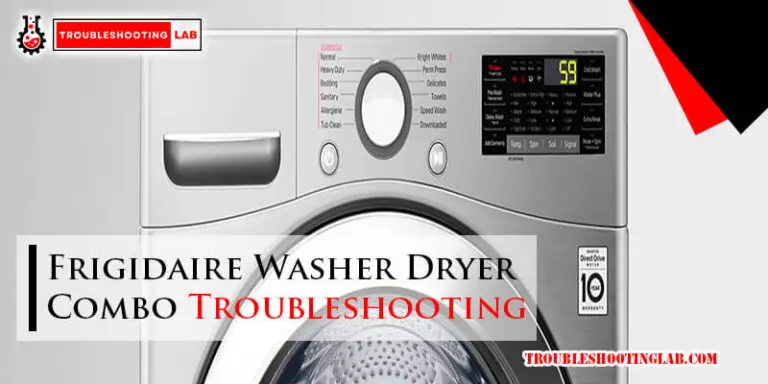
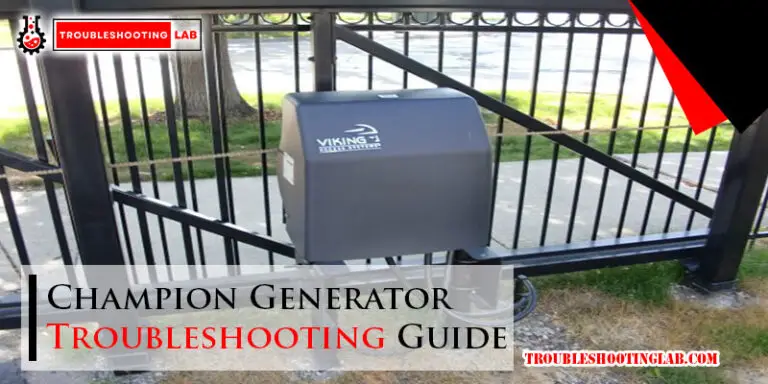
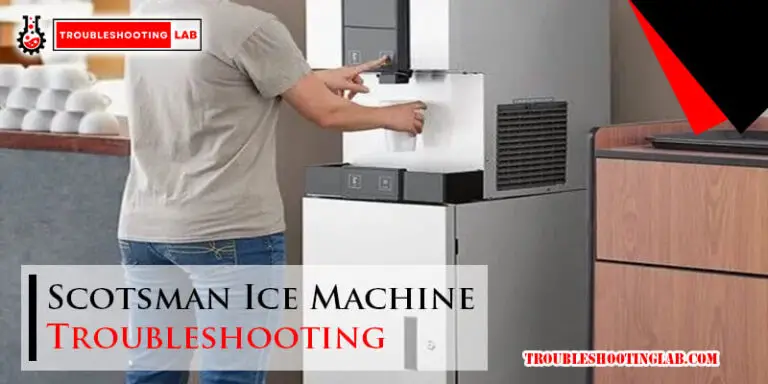
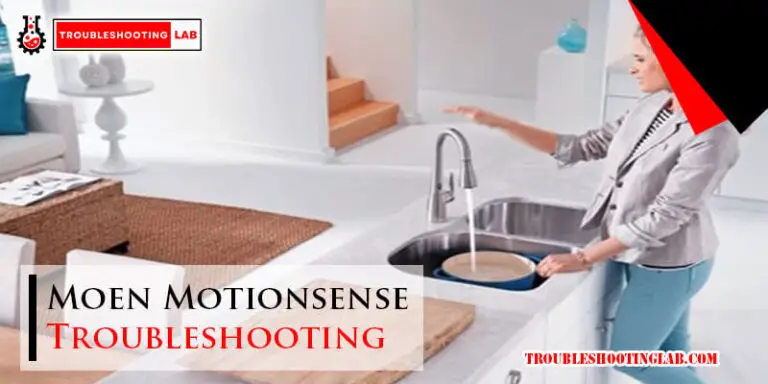
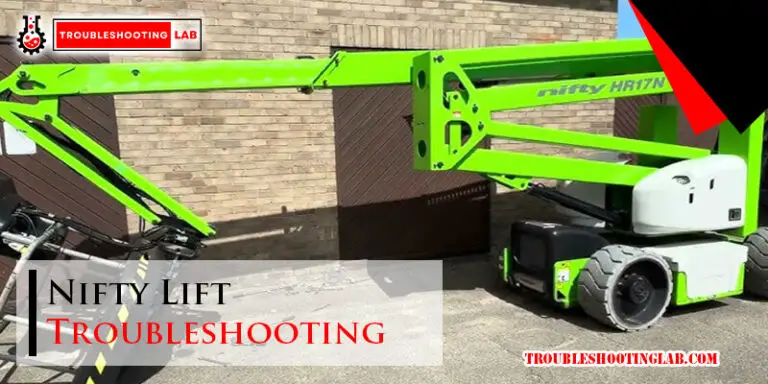
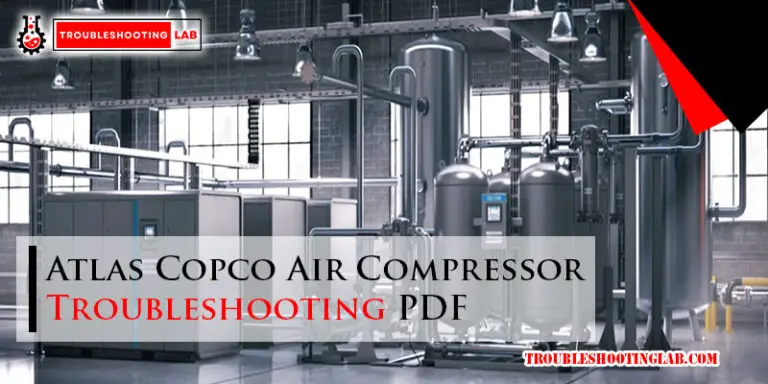
I have a 3 burner Weber Spirit grille. The outer two burners light just fine, but I cannot get the middle burner to ignite. I’ve tried using a lighter over the vent holes, but it still does not light…..I guess no gas getting to it. Would a bad burner valve cause this issue? Thank you!
BTW, I noticed this after replacing all 3 gas tubes and crossover tube. I also put a brand new tank of propane in to try and eliminate variables. Thank you
Hi there! It sounds like you’re dealing with a frustrating issue. Since the outer burners are lighting up fine, it’s possible that the middle burner is indeed not getting gas. A bad burner valve could be the culprit, especially since you’ve already replaced the gas tubes and crossover tube.
Here are a few things you can check:
If everything looks good and it still won’t light, you may want to consider replacing the valve for that burner. I hope this helps, and happy grilling!